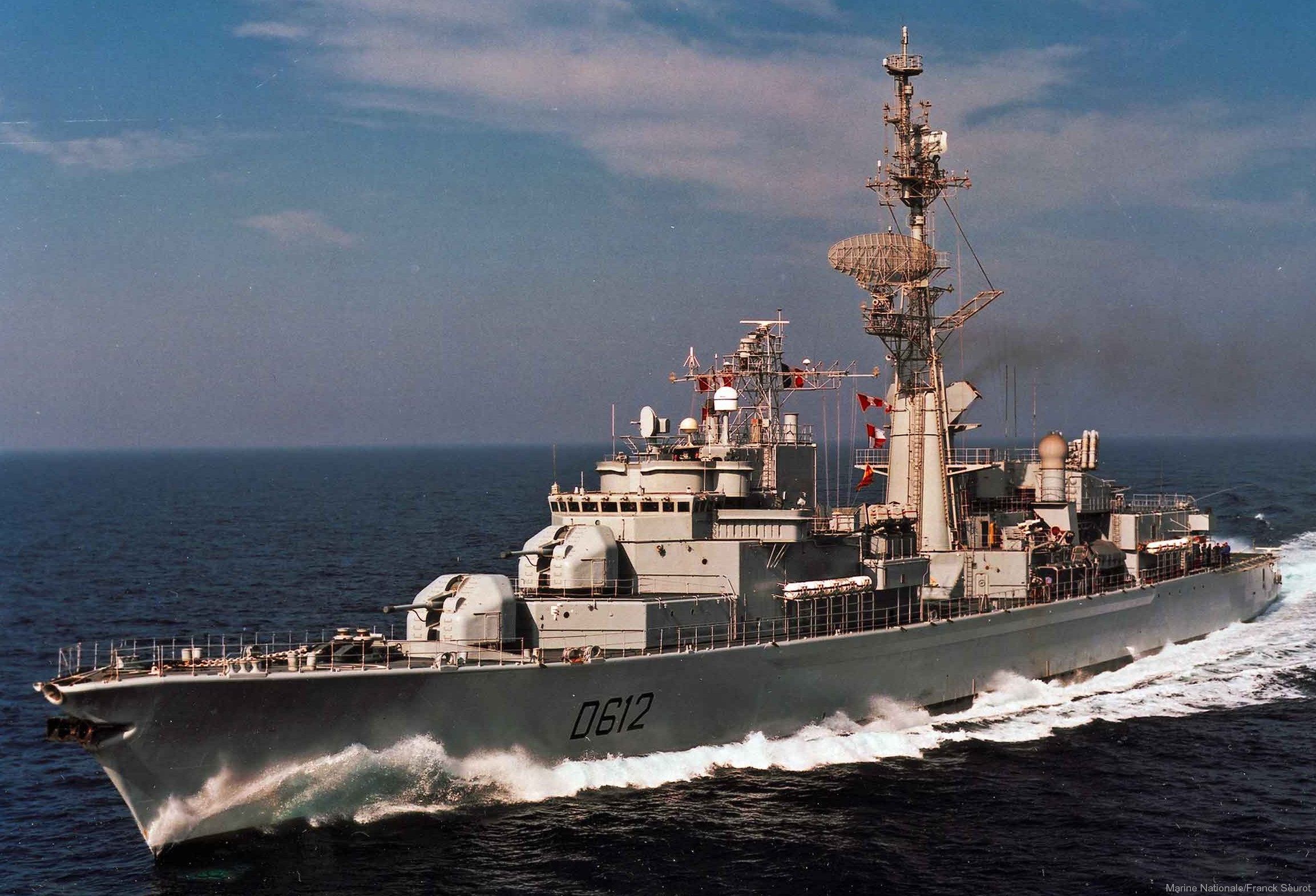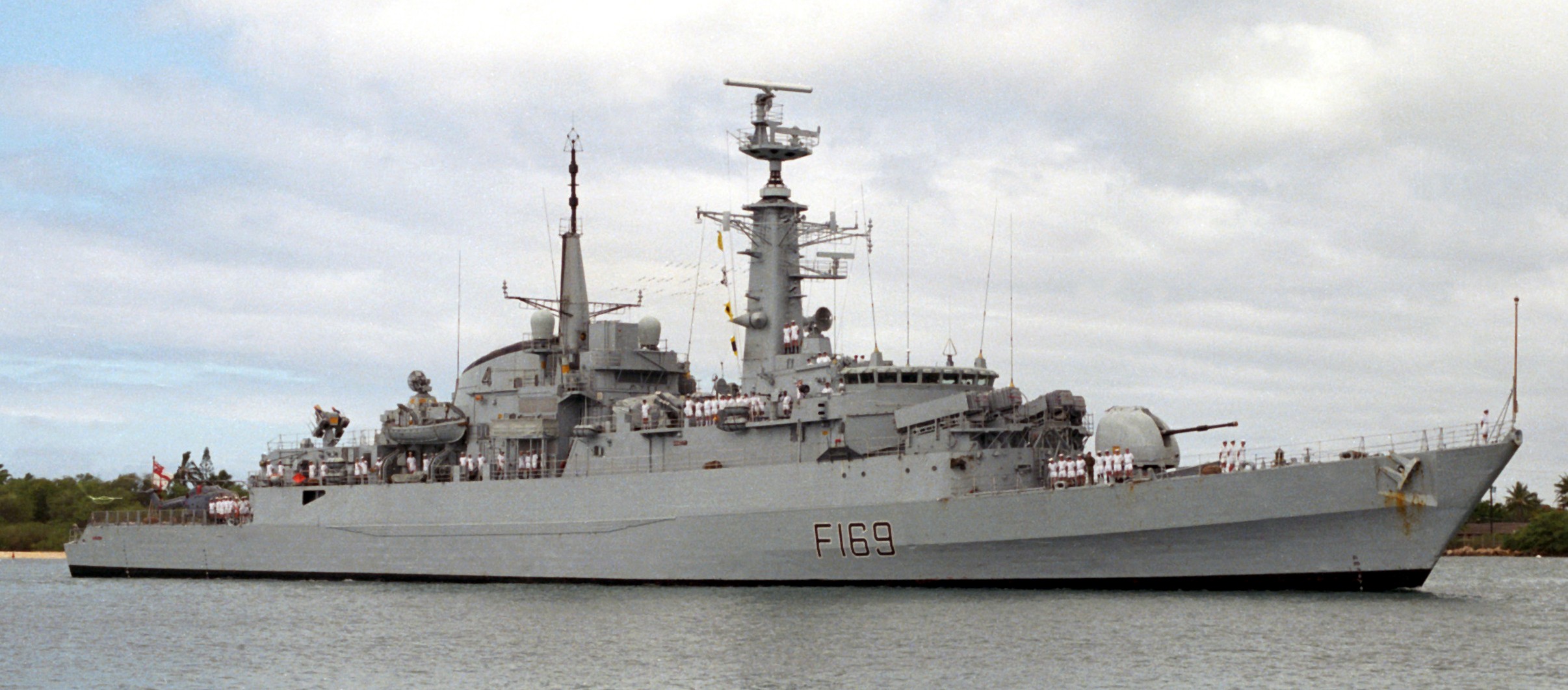The Celtic Federation
Ymasiad Cymru Celtic Federation |
Motto: Y Draig Goch Ddyry Cychwyn (The Red Dragon Shall Lead) |
| National Anthem: Cân y Milwyr (The Soldier's Song) |
| Capital: LLundain |
| Largest City: Paris |
| Demonym: Cymric (Celtic); Gallic, Brittonic, Gaelic |
| National Languages: Cymric (Common); Gaullic, Brittonic, Goidelic |
| Government: Federal Parliamentary Constitutional Republic - Pen Draig: Pádraig J. Ó hIrghile - Taoiseach: Marged Gwellt |
| Legislature: Riaghaltas - Upper House: Senedd - Lower House: Dáil |
| Population: 116,221,896 - Pop. Density (Avg.): 95.91/km2 |
| Area: 1,211,732km2 - Europe: 788,268km2 - Tir Glas: 423,464km2 |
| Demographics: |
| Religion: - 73% Celtic Catholic - 12% Roman Catholic - 5% Other Christian - 10% Other/None |
| Currency: Pwys Serin (£) (Celtic Pound) |
| GDP: US$919.3 Billion (Est.) - Per Capita: US$7,909.89 (Est.) |
The Celtic Federation (Ymasiad Cymru in common Cymric) is a highly-developed nation spanning the northwest extremity of Europe and into the Arctic. It is bordered to the southwest by the German Federal Republic and south by the Kingdom of Rome, whilst the North Sea, Arctic, and Atlantic Oceans surround it on all other sides, barring the border with Scandinavian Greenland to the far north. The Federation is an economic and industrial powerhouse, boasting the largest population and strongest economy in Europe, served by some of the world's busiest ports. From the reclaimed lowlands of Belgica to the rolling hills of Eire and the rugged fjords of Tiria and Tirtân, the last bastion of the Celtic peoples of Europe stands proud.
History
The Celtic Federation can trace its origins back to the ancient tribes inhabiting the Cymric Isles and northwestern Europe, all loosely connected by a common Celtic cultural heritage. In the 1st century BC, the Roman Republic under Julius Ceasar would conquer the tribes of Gaul and integrate the continental Celtic lands into the burgeoning Empire in the 1st century AD. The new Emperors of Rome would then launch an invasion into Brittania, conquering all of what is now Prydain, whilst the modern lands of Alba and Eire (Caledonia and Hibernia to the Romans) were subject to repeated incursions and significant Roman influence. The Roman Empire would rule the provinces of Brittania and Tres Galliae uninterrupted for the next two hundred years, bringing urbanisation, technological advances, greater trade links with the Mediterranean, and political centralisation to the previously disparate and diverse groups of the modern-day Federation. This rule was not without challenge, however, and the rebellious nature of the locals meant that even at the height of its prosperity the Roman Empire maintained three legions in Brittania and five along the Germanic border in modern-day Belgica which were often required to suppress revolts.
In part thanks to Romanization, and in part thanks to the promise of citizenship following service, the legions present in Gaul and Brittania were almost entirely manned by local Celts as the Crisis of the Third Century began to unfold. The revolts of Postumus and Carausius (founding the short-lived Gallic and Britannic Empires respectively) in the late third century highlighted the growing importance of localised governance in dealing with the many threats the crumbling Roman Empire faced. Whilst both local empires were short-lived, the regional concentration of political and military power allowed both to repel frequent Germanic incursions where the overstretched Roman Empire proved incapable with the same resources. In the following century, Christianity would spread across all of the modern-day Federation, often syncretising many older Celtic beliefs and legends with the new Eastern religion.
Towards the end of the 4th century, the half-Briton general Magnus Maximus was proclaimed Emperor (of the West) following a string of military successes against the Scots and Picts, which stood in stark comparison to Gratian's failures on the continent. Maximus would temporarily strip the legions from Britain to fight in Gaul, conquering all of Gaul by 384. Instead of marching on Rome as many prior usurpers had, Maximus proclaimed himself Britannic Emperor and began minting coins using his Brythonic name Macsen Wledig. Macsen would use the concentrated force of his legions to repel a large invasion of Franks led by Marcomer in 387 before sending the British legions back across the channel to protect the province from large-scale raids. Whilst Macsen's new Britannic Empire would last less than two hundred years, the maintenance of a strong military force in northern Gaul and Britain allowed them to repel large-scale scale Saxon invasions of Britain and Frankish invasions of Gaul. Unfortunately, the Goths and other Germanic invaders could not be forced from the south, but northern Gaul and Britain would retain their independence well into the Middle Ages thanks to these efforts.
By the 7th century the Maximian rulers would stop referring to themselves as emperors but instead as the Kings of Gaul, as the lords of Belgica, Armorica, and Britannia no longer swore allegiance to Paris. The old legions that had ensured Celtic survival during the turbulent migration period had by now long been split between the various regional lords, but it was not uncommon for a king to request the "legions be summoned" to defend against a foreign threat. The most notable occurrence of this pan-Celtic unity would be the response to the Viking invasions of Prydain during the 9th and 10th centuries, with forces from the continental Celtic states fighting under the leadership of the Dumnonian King Arthur "Pendragon" to repel the Great Heathen Army, only to then cross the channel and defeat Rollo and his raiders. Arthur and his children would go on to unite all the lands south of Hadrian's Wall into the Kingdom of Prydain, with his grandson Morgan being the first King. Shortly afterwards the house of Alpin would unite Alba into one kingdom, whilst the house of Ui Neill frequently established themselves as the High Kings of Eire. The Belgic lands would however end up swearing fealty to the Holy Roman Empire, whilst the cornish-descended rulers of Armorica would often swing between independence and fealty to Gaul. Gaelic sailors exploring during and after the Viking incursions would discover the young volcanic island of Tirtân, soon followed by other frozen fjords of Tiria.
Thanks to both the tanistry elective systems of these six kingdoms and the intertwined nature of many important noble families, the Celtic Kingdoms often came into conflict with one another as deleted rulers sought to have themselves installed onto multiple thrones. Notable conflicts of this nature between 1000 and 1600 include the Alban Wars of Independence, the Hundred Years War, and the Tudur conquest of Eire. Lordship of Armorica had swung between Gaul and Prydain during the Hundred Years War as the two competing houses battled for supremacy over all three. By the dawn of the 16th century, the Alesian dynasty had established themselves as Kings of Gaul and Armorica, often ruled in a direct union, whilst the Tudurs ruled Prydain and often had themselves elected High King of Eire. The relatively weak power of individual monarchs in these kingdoms allowed for the early development of the tanistry bodies into an early form of parliament, with much power devolved from the kings and granted to the Councils and lords of the various kingdoms. By this time Gaelic settlers from both Eire and Alba had firmly established themselves on Tirtân and the south coast of Tiria, with these lands coming under the rule of the Alpin kings of Alba, who were also overlords of the remainder of Eire, with the title of high king occasionally contested by the Alban rulers. These past five hundred years had seen the Belgic lands expand north and establish Belgic lords in what was old Frisia, beyond the ancient Roman borders. Much like Eire, these lands were not yet united under one banner, but several small vassal states owing allegiance to the Holy Roman Empire, but occasionally a "Belgic King" would rise to challenge German rule in the region and claim overlordship of all Belgic states within the HRE.
Politics
Economy





